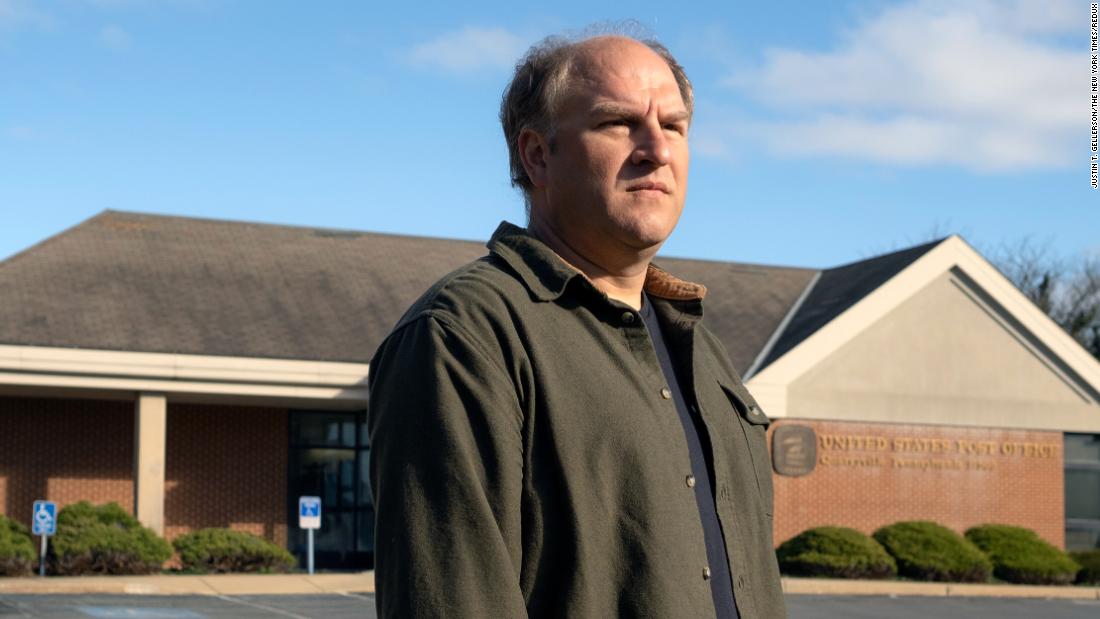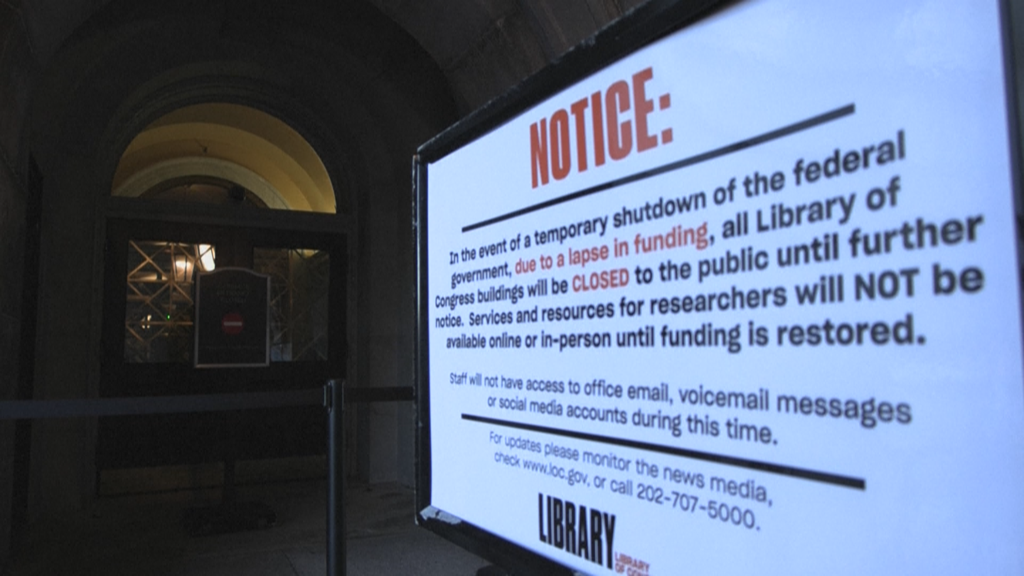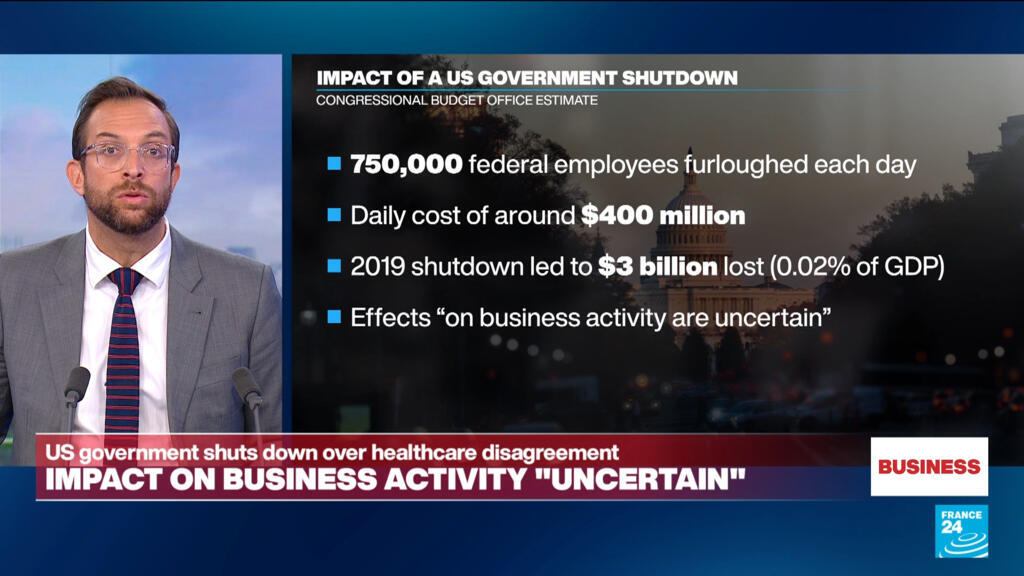Doctor testifies Sarah Hartsfield’s husband’s glucose was ‘flat, below 55′ for hours before his death
The trial of Sarah Hartsfield, accused of murdering her fifth husband with insulin, takes an intriguing turn as prosecutors push to reveal hundreds of jail messages she sent to media outlets like KPRC 2 News.

Jurors in the Sarah Hartsfield murder trial could see hundreds of messages she sent from jail, including ones directed to KPRC 2 News and other media outlets, as prosecutors argue they reveal in her own words what happened before and after her husband’s death.
- WATCH DAILY ANALYSIS OF TRIAL ON YOUTUBE LIVE AT 6 P.M. stated that much of their evidence comes from the defendant herself, including texts, voicemails, and written explanations she has
Hartsfield is accused of killing her fifth husband, Joseph Hartsfield, by injecting him with insulin. Prosecutors have stated that much of their evidence comes from the defendant herself, including texts, voicemails, and written explanations she has sent over the years.
On Monday, all four of Sarah Hartsfield’s children appeared in court. Each seemed to avoid eye contact with their mother as they took the stand, and the defense chose not to question any of them.
Prosecutors are now asking the judge to admit dozens of messages Sarah sent from jail, including several directed to KPRC 2’s Bryce Newberry.
In one message, Sarah wrote:
“Show things in a positive light for me, versus reminding everyone of my faults and mistakes that span 28 years.”
The defense objected to the introduction of those messages, arguing that they could unfairly prejudice the jury.
9:20 a.m. - Dr. Enakuaa is dismissed. Detective Skylar Rocz, a former Chambers County Sheriff’s Office Detective, took the stand.
9:05 a.m. - Dr. Souad Enakuaa, Joseph’s endocrinologist, is called back to the stand.
Dr. Souad Enakuaa testified via Zoom this morning, explaining how insulin works for the second time and what she believes happened to Joseph Hartsfield in his final hours. She said insulin is administered through either a short- or long-acting pen, both holding a maximum of 300 units.
“You can administer as much insulin as you want by continuing to twist the dial,” she said.
According to Dr. Enakuaa, data from Hartsfield’s Dexcom glucose monitor showed he was in a “critical hypoglycemic state,” with a glucose level around 55, from 4:30 p.m. on January 6, 2023, and remained that way for more than four hours.
“Patients who are that low usually need help increasing glucose; below 54 patients cannot help themselves,” she said.
The Dexcom data, she testified, stayed “flat, below 55 the whole time,” with “over 100 alerts” sounding alarms that she said are meant to save patients from going into dangerous lows.
Dr. Enakuaa testified that anything below 54 would cause unconsciousness.
“He was that low for 20 hours based on the data,” she said, adding that the Dexcom would have sounded “every 20 minutes.” She told jurors Hartsfield likely suffered brain damage from a diabetic coma caused by prolonged hypoglycemia.
Before being dismissed, she said plainly, “Below 54, scientifically speaking, he would be unconscious.”
9:00 a.m. - Court is back in session.


















































